2.4 vs. 5 GHz WiFi: What’s the Difference?
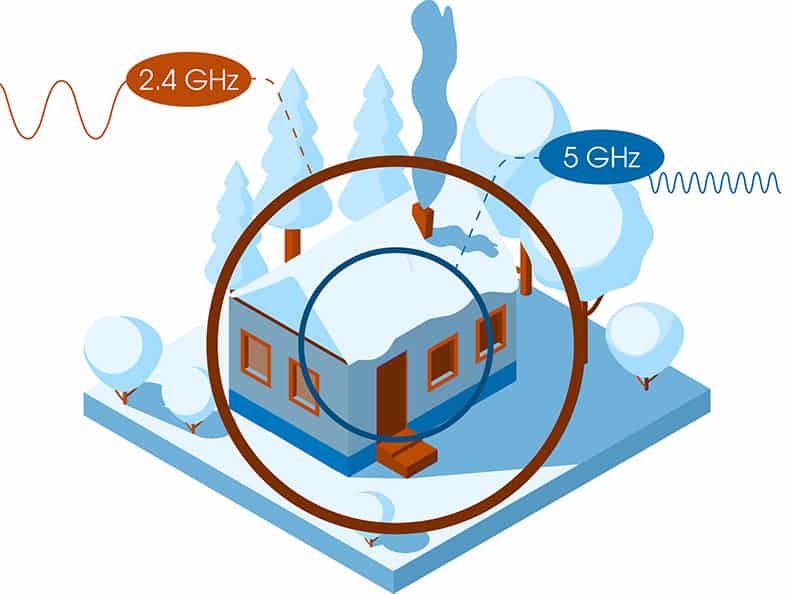
Are you looking to set up an in-home network? It’s probably impractical to wire all your in-home devices together, so you’ll need a solid Wi-Fi system.
However, terms like 2.4 GHz can be confusing.
- What does that mean?
- And how will it impact your wireless performance?
- What’s the difference between 2.4 GHz vs 5 GHz?
- Which one is the best Wi-Fi for you?
As homes increasingly rely on computers and smart devices, a home network can be a necessity, like plumbing and electrical systems.
Unlike installing pipes and wires, you don’t need a certified pro to set up a home network. Good guides can help you become your own network pro.
If you’ve found yourself asking
“What is 2.4 GHz?!”,
this guide is for you.
Read on to untangle the mystery of gigahertz and Wi-Fi.
Table of Contents
What is a GHz?
GHz stands for gigahertz.
Hertz (Hz) is simply the technical term for the number of cycles per second or frequency. The Hz unit measures frequencies with waves, such as radio waves, sound waves, and electric currents.
A hertz is one cycle per second, a megahertz (MHz) is 1,000,000 hertz per second, and a gigahertz is 1,000 MHz (1,000,000,000 Hz) per second.
In practical terms, this means a gigahertz sends around one billion cycles per second. The more cycles per second, the higher the frequency.
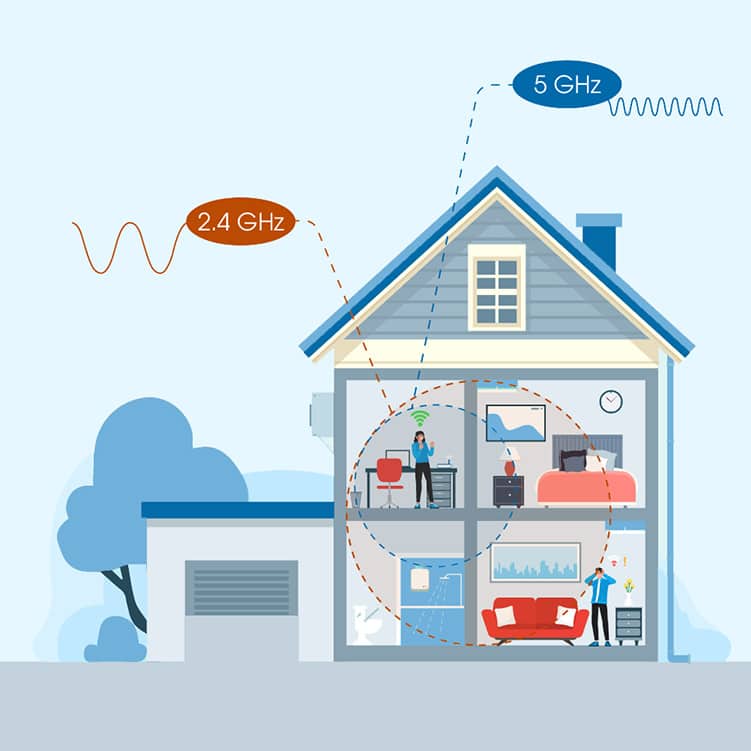
GHz and Wi-Fi
Wi-Fi is a radio wave. Here, GHz refers to the frequency between the devices that send and receive the Wi-Fi signal waves. There are currently two Wi-Fi options, the 2.4 and 5 GHz radio band frequencies.
If you think of radio bands as a highway system and the signal waves as cars, 2.4 and 5 GHz are the designated highways for these cars to travel between various locations (Wi-Fi devices).
The wireless frequency refers to the car’s speed and distance it travels through the highway. Like how a car uses gasoline, a higher frequency (5 GHz) has a faster speed but covers less distance. A shorter frequency (2.4 GHz) is slower but travels farther.
Both bands have their own designated Wi-Fi channels or highway lanes. Like a lane, a channel’s width and overlap can affect the band’s flow of traffic.
The amount of traffic the system can convey within a specific time period is bandwidth. Bandwidth is the data transfer rate, measured as bits per second (Mbps). Higher bandwidth can transfer more data. The higher the frequency, the higher the potential bandwidth.
The frequency channel will also affect bandwidth performance. Like merging lanes, channel overlap may cause traffic to collide (interference). A narrow lane can throttle traffic. Wider lanes and fewer overlaps result in higher bandwidth performance.
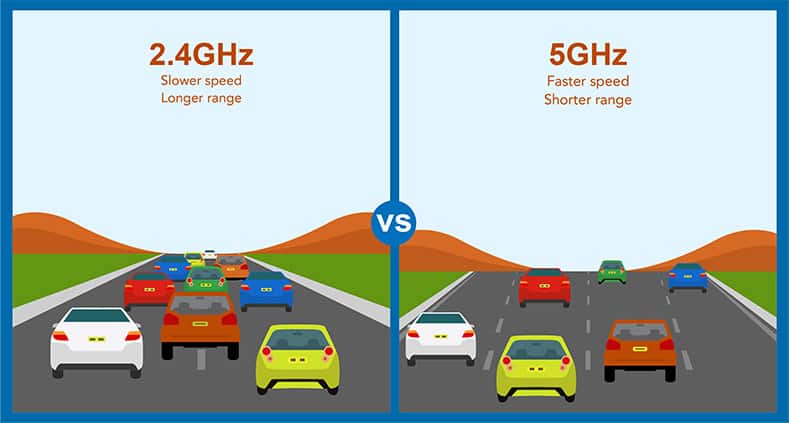
What is 2.4 GHz Wi-Fi?
2.4 GHz is the standard public highway for Wi-Fi. It falls within the ultra-high-frequency range (UHF) of radio signals.
UHF is a mid-range frequency, balanced between larger wavelengths affected by upper atmospheric interference, and smaller wavelengths with an easily obstructed short range.
UHF can travel for miles over the visual horizon unless blocked by terrain or buildings. It can penetrate through most standard walls. This makes 2.4 GHz a practical choice for many professional and personal devices.
2.4 GHz has been used since the first Wi-Fi standard in 1997, so almost all wireless devices are default compatible. Cell phones, routers, baby monitors, smart TVs, and Bluetooth accessories use this Wi-Fi frequency.
The 2.4 GHz radio band has eleven channels, with only three channels that don’t overlap. These channels are also relatively narrow at around 5 MHz wide, making the frequency more susceptible to interference.
As with most highly-used public access highways, the 2.4 GHz band can also get congested with traffic, especially during peak usage (rush hour) times.
2.4 GHz is good for in-home networks because its longer range and stronger signal penetration can reliably connect to devices in other rooms. It also covers a large area.
However, this Wi-Fi frequency struggles with slower speeds, interference, and congestion. A 2.4 GHz network may not be able to support high-bandwidth needs.
What is 5 GHz Wi-Fi?
5 GHz is the current commuter highway of Wi-Fi frequency, where traffic can travel faster through less congestion, but only at a shorter distance. It falls within the super high frequency (SHF) of radio signals.
SHF is a higher frequency range than UHF. The SHF wavelength is so small it qualifies as a microwave (a tiny wave, not a cooking device).
SHF is highly dependent on line of sight, and it rarely penetrates walls as reliably as UHF. However, because 5 GHz waves are smaller, faster, and less congested, this Wi-Fi frequency is useful in many specialized devices, such as medical equipment.
5 GHz became part of the Wi-Fi standard in 2009. Its device compatibility is relatively new compared to 2.4 GHz but is still readily available for most Wi-Fi options.
The 5 GHz band has over 100 channels, with 24 that don’t overlap. Many of these channels can support widths between 20 – 80 MHz. These options result in less congestion and interference, and higher bandwidth performance.
5 GHz can support a data rate transfer of up to 1300 Mbps. Its faster speed is good for in-home networks that need high bandwidth, such as multiple people gaming and/or streaming videos simultaneously.
It may also be useful for people who work from home and download/upload large amounts of data. If you rely on a stable connection, such as video conferencing, 5 GHz may also be the better Wi-Fi option.
A 5 GHz network may be difficult to set up, however, if it needs to cover a large area or pass through multiple walls.
2.4 vs 5 GHz Wi-Fi
There are many factors for choosing the best Wi-Fi options. These factors can include:
- The bandwidth of your data plan
- Your device compatibility
- Your router capabilities
- The type of wireless usage
- The time most of your wireless usage occurs occur
- The size, location, and make of your home
Bandwidth
If your network has low bandwidth, 5 GHz may not even be performing fully. Conversely, if you pay extra for higher bandwidth, it might be wasted with 2.4 GHz. It’s best to find the average speed (not the optimal speed listed in your data plan) of your network to make sure your bandwidth and Wi-Fi frequency match up.
Device Compatibility
Although 2.4 GHz is more universal than 5 GHz, 5 GHz is not rare. Most recent devices support both. However, older Wi-Fi devices may not include 5 GHz, and some devices are only 2.4 GHz compatible as an easier and cheaper option.
Router Capability
Like bandwidth, you want to make sure your router’s speed can support your Wi-Fi frequency. A router that is slower than 5 GHz will not match its high performance. Likewise, expensive high-speed routers will not perform optimally on a 2.4 GHz network.
Wireless Usage
Wireless usage ties in with bandwidth. If your home network will have multiple people using high-bandwidth activities all at once, 2.4 GHz may not be the best Wi-Fi option. If your household is small and your network for relatively low bandwidth activities like smart thermostats, e-readers, and browsing the internet, 2.4 GHz could be sufficient.
Time of Usage
Internet rush hours are usually anywhere between 6-9 a.m (small rush) and 6-11 p.m. (large rush). Because 2.4 GHz struggles with oversaturation on low and narrow channels, you may want to invest in 5 GHz if you need high network performance during rush hours.
Home Size, Make, and Location
Large homes with many rooms will have difficulties with the 5 GHz frequency reaching all wireless devices. A small apartment or an entertainment room where the router can “see” all the devices is more optimal for a 5 GHz network.
If you live in an older home or building made with thick or insulated walls, even a 2.4 GHz network could be a struggle. Walls with brick, concrete, or stone may block Wi-Fi signals. Drywall and wooden walls are more permeable.
In this case, the Eero Pro 6E mesh system (or other mesh router system) could really help you to reach all the corners of your home.
Too many devices on a channel can also degrade a 2.4 GHz network. If you live in an apartment building or in a large city, a 5 GHz network would help side-step the inevitable congestion and interference.
Building Your Wi-Fi Network
An optimal Wi-Fi network depends on many factors. When you know the difference between 2.4 vs 5 GHz, you can make an informed choice without wasting time and money.
2.4 GHz Wi-Fi is good for low bandwidth users or homes that need a large network. 5 GHz Wi-Fi is good for high-bandwidth activities and homes that are susceptible to congestion and interference. The best Wi-Fi options will always be the ones that fit your situation and needs.
To learn more about Wi-Fi systems, check out our articles in the Wi-Fi systems section.
You can read our articles Home Page router reviews or reviews on tech gadgets

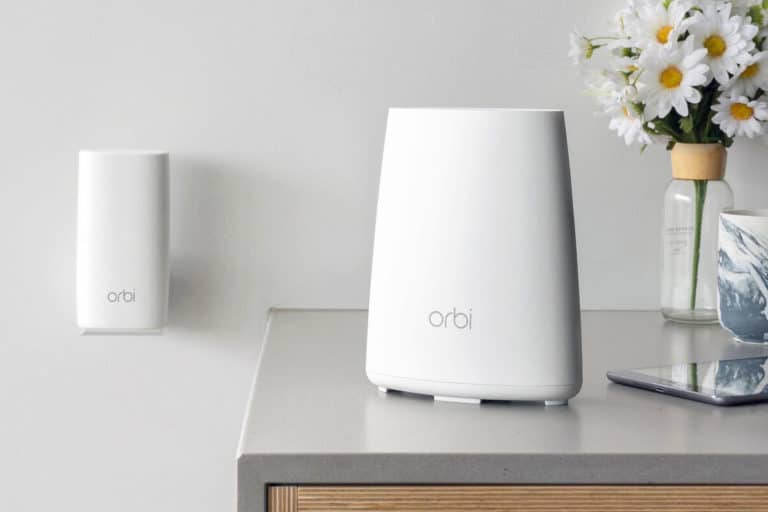

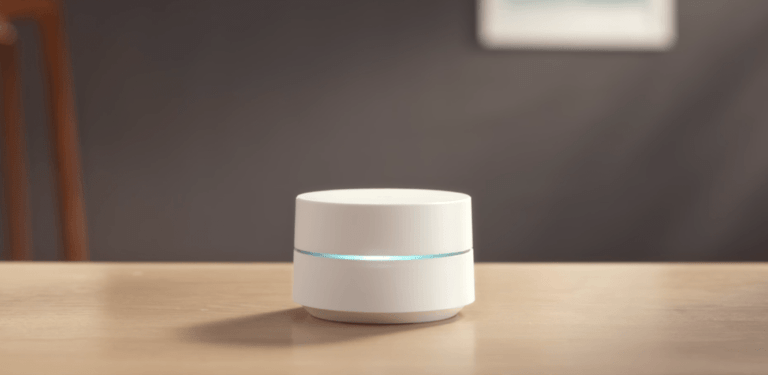
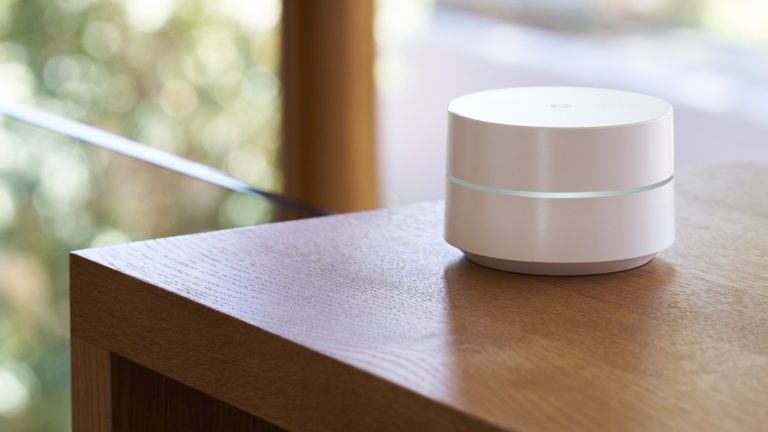
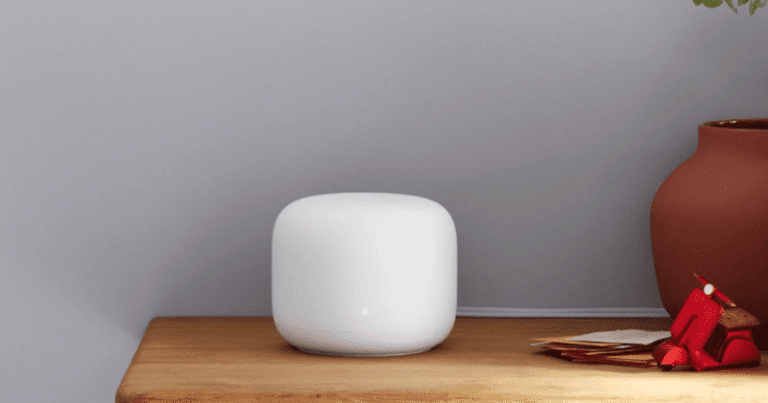
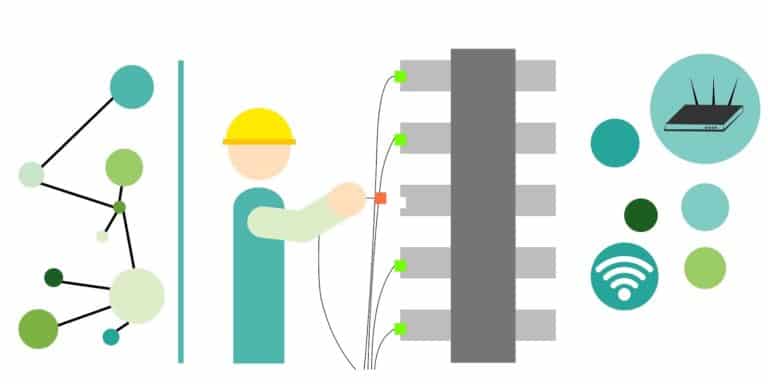
Hi – we’re *seniors* and not techies… old router w/Spectrum failed and they replaced w/new “6 style” which will not work with my 1-Wireless Printer; 2-Blink security cameras; 3-remote garage door opener; 4-wireless Kodak projector; and 5-one Alexa Smart Plug 🙁 … CRANKY old lady here.
When I called Spectrum they said mfrg is aware of the problem and “plans to remedy but won’t say when…” 🙁 GETTING ANGRY
Spectrum said I could buy my own router (not rent theirs)…
Problem seems to be new modem’s inability to detect which device needs 2.4 and which is best on 5.0. Looking at Eero Mesh NOT version 6. Any advice? Suggestion? Recommendations? Thanks. Lee